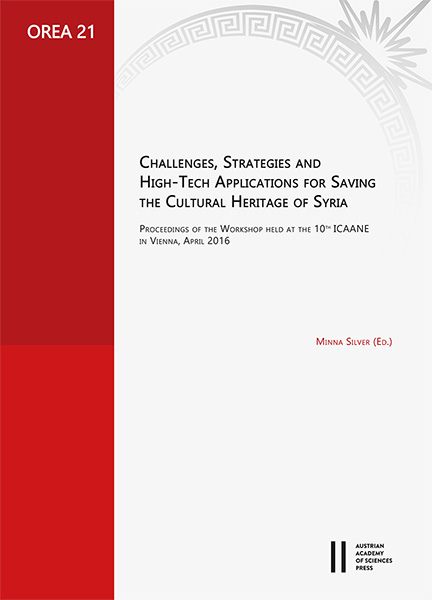
Challenges, Strategies and High-Tech Applications for Saving the Cultural Heritage of Syria, pp. 153-164, 2022/03/24
Proceedings of the Workshop held at the 10th ICAANE in Vienna, April 2016
Cultural heritage all over the world is at high risk Natural and human activities endanger the current stateof monuments and sites, whereas many of them have already been destroyed, especially during the last years, or aresituated in hazardous environments. Very often in situ preventive, protective or restoration actions are difficult or evenimpossible, as e.g. in cases of earthquakes, fires or war activity. Digital preservation of cultural heritage is a challengingtask within photogrammetry and computer vision communities, as efforts are taken to collect digital data, especiallyof the monuments that are at high risk. Visits to the field and data acquisition are not always feasible. To overcome themissing data problem, crowdsourced imagery is often used to create a visual representation of lost cultural heritageobjects Crowdsourcing has become possible with the advancement of web technologies and the spread of social mediaInitiatives to collect imagery data from the public and create visual representations of monuments, recently destroyed ornot, are presented and discussed in this study. Such digital representations may be 2D or 3D and definitely help preservethe memory and history of the lost heritage, and sometimes they also assist studies for their reconstruction.
Keywords: cultural heritage; protection; crowdsourcing; digital images; Structure from Motion; 3D models